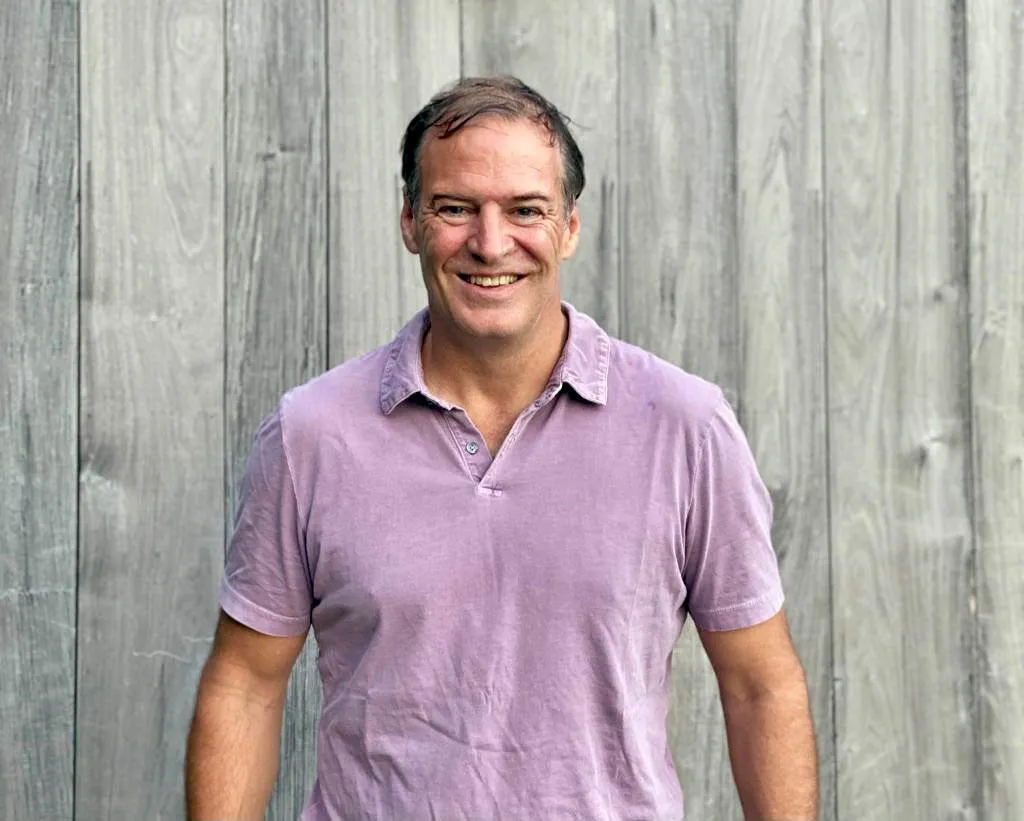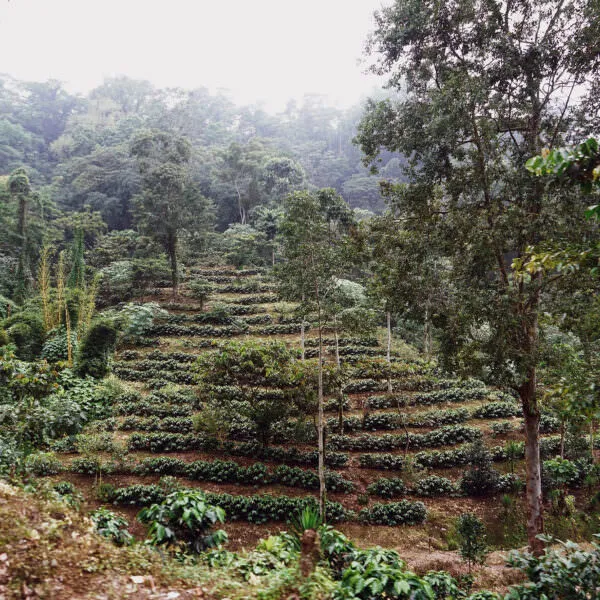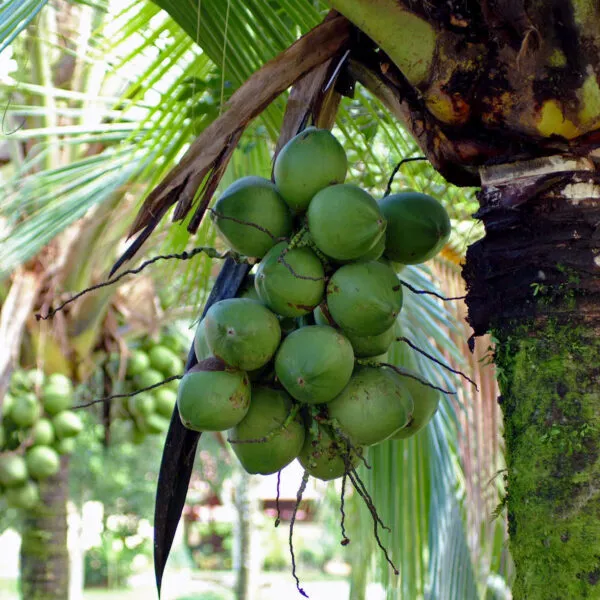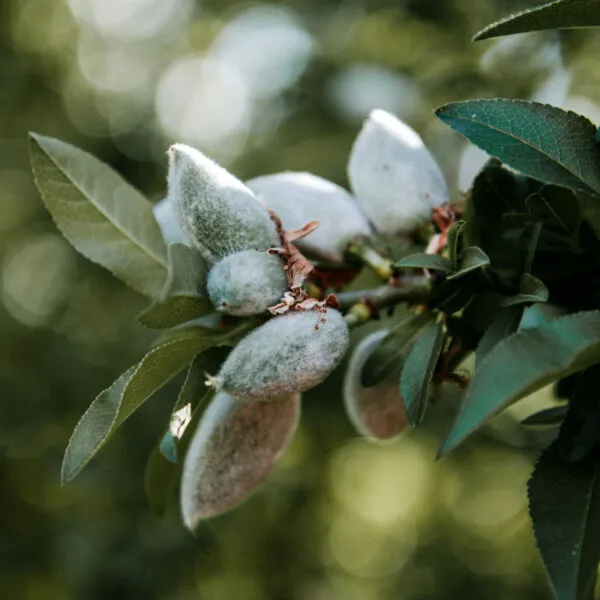It perhaps goes without saying that we are living in perilous times: a worsening climate crisis, an unrelenting pandemic, staggering biodiversity loss, and soaring poverty, especially in agricultural and forest communities. The question is, what do we do about these challenges?
Below Rainforest Alliance CEO Santiago Gowland, who took the helm of the organization earlier this year, speaks to this urgent question. Having led sustainability initiatives at Unilever, Estée Lauder, and Nike, Gowland has sharp insights into the role that companies can and must play in tackling these daunting global crises—and how the Rainforest Alliance can move with greater impact and scale toward a world that is better for nature and people.
Q: It’s become almost cliché to say we’re living in unprecedented times, but it’s true—we’re facing several crippling global crises at once. What’s at the root of these challenges, and what’s our best hope of addressing them?
A: Like every cliché there’s some truth in it. We’re all born into a particular moment in history—and ours is one in which the sustainability of life on the planet is in question. The Rainforest Alliance has the opportunity—and for me, the imperative—to address this moment with energy, commitment, ambition, and strategic action.
Markets—particularly agriculture and food production and related infrastructure, like roads—are the main culprit in tropical-forest degradation and biodiversity loss, no doubt about it. And we know, of course, that forest loss and degradation have contributed to the climate crisis and to the emergence of new infectious diseases, like the novel coronavirus. But now the food-production sector, the very force that has been the key driver in these crises, is possibly the best chance we have to restore biodiversity and accelerate carbon sequestration—primarily by regenerating forests and healthy soils—at the speed and scale required.
How does the Rainforest Alliance work to drive this transformation?
To transform any market, you basically need to change three things: supply (from unsustainable to sustainable products); demand (consumers demanding sustainable products), and market rules. By changing the market rules, I mean introducing laws and voluntary standards like our own certification system that incentivize companies to change the way they work for the better.
That is exactly what the Rainforest Alliance has been doing for more than 30 years. But now you see companies setting targets—there are around 1,500 companies that have already set net-zero (emissions) targets, while many others have regenerative goals. At the same time, citizens are mobilizing to demand healthier and more sustainable products. Governments are also moving through climate, biodiversity, and sustainable development commitments. And financing for impact investment is growing exponentially.
It’s a pivotal moment, and the Rainforest Alliance is poised, perhaps more than any other organization, to lead on it. Now is the time for us to redouble our efforts to regenerate the landscapes that matter, through the sectors that matter, at a speed and scale that matters. Our mission demands nothing less.
How must food production shift to meet these goals and commitments?
We have to move from a harm-reduction approach to a regenerative one—to find the best ways to enrich biodiversity and increase carbon sequestration, to restore and regenerate soils in farming. Simply not doing harm is not enough anymore. Fortunately, many companies understand this.
The Rainforest Alliance also works with forest communities. What is the shift that needs to happen in the forest-product sector?
The Rainforest Alliance has a long history of work in community forestry, and that’s another effective way of protecting biodiversity while bolstering local economies. With both sustainably harvested timber and non-timber forest products (NTFPs) like xate—the palm fronds sold for floral arrangements—and tree nuts, we’ve been able to provide market linkages. We’ve seen in the concessions of Guatemala’s Maya Biosphere Reserve, for example, that when communities thrive economically, they have every incentive to protect the source of their income: the forest. In fact, the deforestation rate in these communities is nearly zero. The shift that needs to happen with forestry and forest products is really about scaling up the markets side.
And of course, you can’t have an environmental solution without a human-rights solution. Only by empowering producer communities—by shifting out of a paternalistic, top-down approach—can you drive any meaningful change. The Rainforest Alliance brings that people-centric vision to the creation of sustainable markets. We have always had an ethos of listening, and we are deepening that right now as part of our leadership priorities. The needs and opportunities for farmers and forest communities are our mandate and compass.
It seems you are not just talking pragmatics—you’re also talking about a different way of seeing, almost a spiritual shift.
There’s a spiritual and emotional wisdom that Indigenous and farming communities have that others have lost due to urbanization and consumerism—to the detriment of their physical and psychological health. I see incredible levels of loneliness, fear, and stress in so-called Western culture that you don’t see in a tropical forest community. We have a lot to learn from people who live in harmony with nature, and from their ancestors. Primarily, that we are part of nature, and that we are intrinsically connected as people, living in a common home—and that we are destroying the essential ecosystems on which our lives literally depend.
It stands to reason that giving producer communities a voice in the way they work with companies also means giving them their due financially, correct?
Absolutely, especially when you consider that the most severely endangered ecosystems are in countries with high levels of poverty. But a failure has to be acknowledged: In recent years, brands are making more and more money and the farmers are getting less and less money. The gap is actually widening.
So then the question is, how do we at the Rainforest Alliance push companies to be more courageous in their leadership? What do we need to do differently? We don’t want to be part of sustaining this perverse market dynamic by providing a veil of “okay-ness” to something that is broken. Are we going to just keep playing ball, or are we going to really tackle that widening gap? We need to raise the bar and be more forceful—while still being pragmatic, because we want to keep working with these sectors. Without them, we’re not going to be able to have the impact we need to have.
What do you see the Rainforest Alliance doing differently under your leadership to drive this transformation?
My number one priority is to root the Rainforest Alliance in impact—in science-based outcomes—that align with the SDGs [the UN’s Sustainable Development Goals], the commitments of the Paris climate agreement to limit global warming to 1.5 degrees Celsius, and of the Convention of Biological Diversity to protect 30 percent of the planet by 2030. We need to re-invigorate ourselves as an organization to find every possible way to take the market forces that initially drove nature degradation and use those forces to regenerate vital ecosystems and strengthen communities. Going forward, we’ll prioritize those projects that bring the full muscle of the organization—the whole suite of interventions, from landscapes to advocacy to certification—to bear.
Despite the magnitude of the challenges we face, you seem optimistic about the Rainforest Alliance’s ability to tackle them.
What was truly visionary when the Rainforest Alliance started more than 30 years ago, was the fact of the alliance itself. Only by working with all sectors of society—farmers, forest communities, governments, companies, consumers—can anyone tackle such daunting challenges. And we already have a vast alliance in place, one that’s motivated and engaged and ready to work together for people and nature. As an organization, the Rainforest Alliance is in a terrific position to drive the shift that needs to happen. So yes, I’m indeed optimistic and energized.




